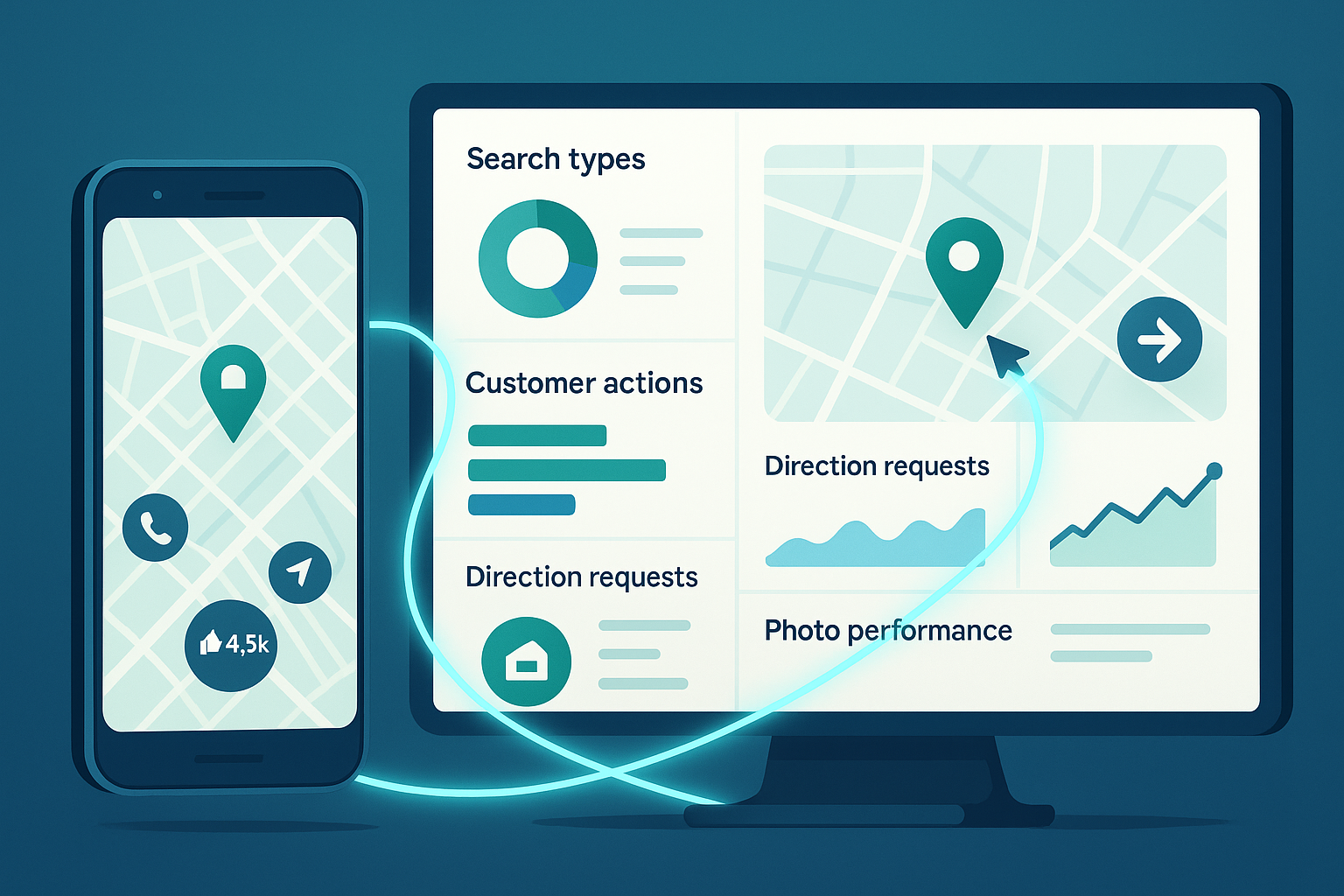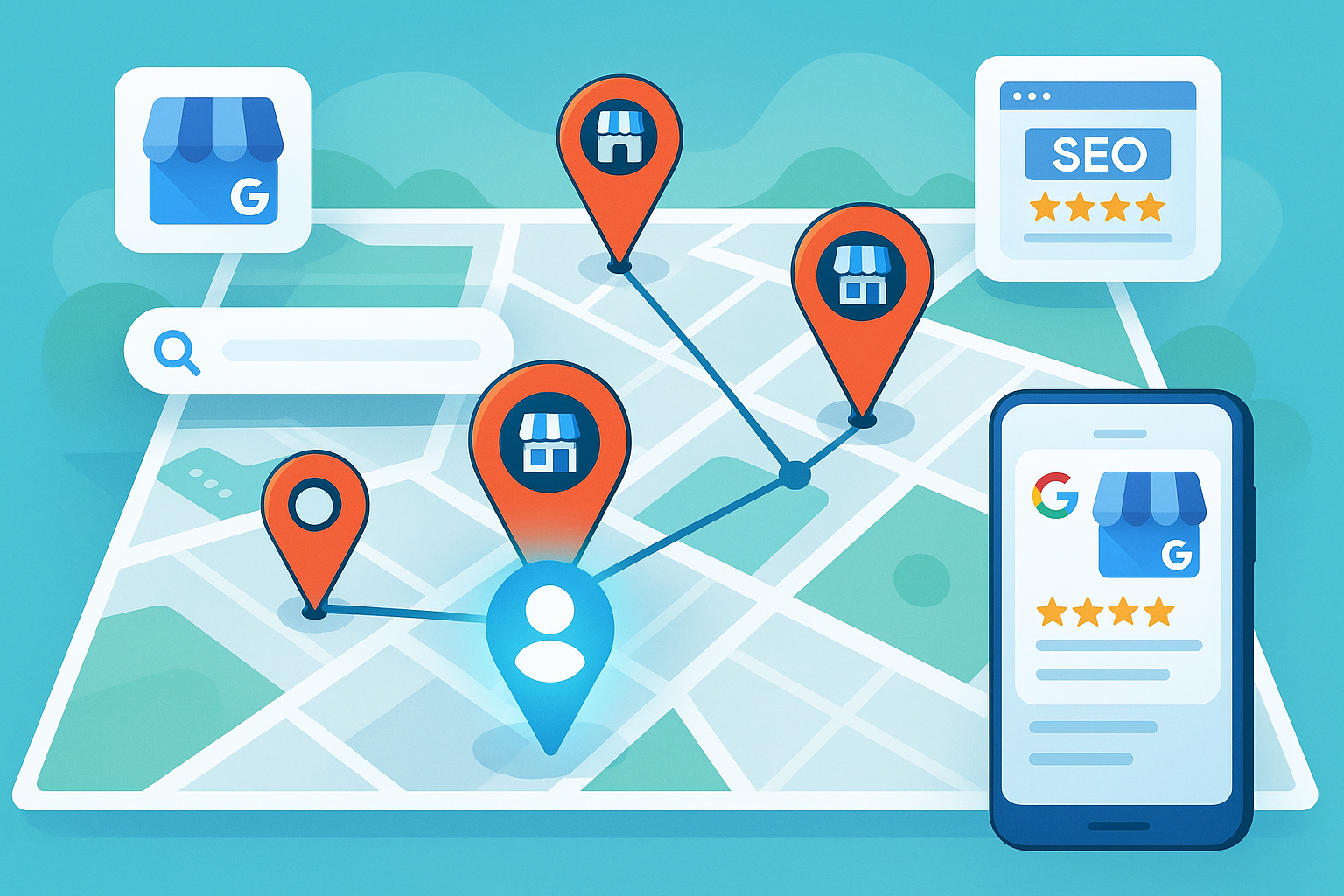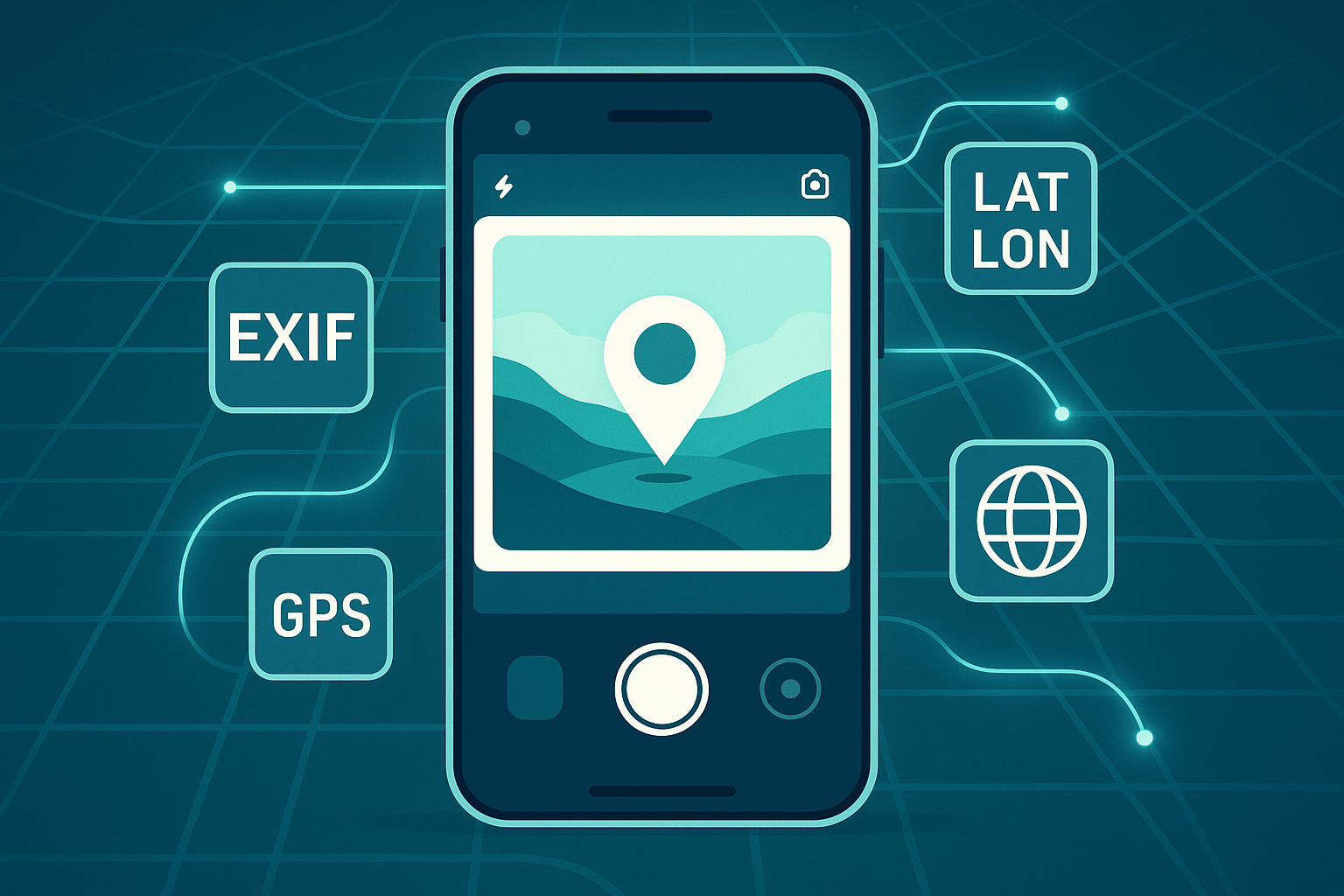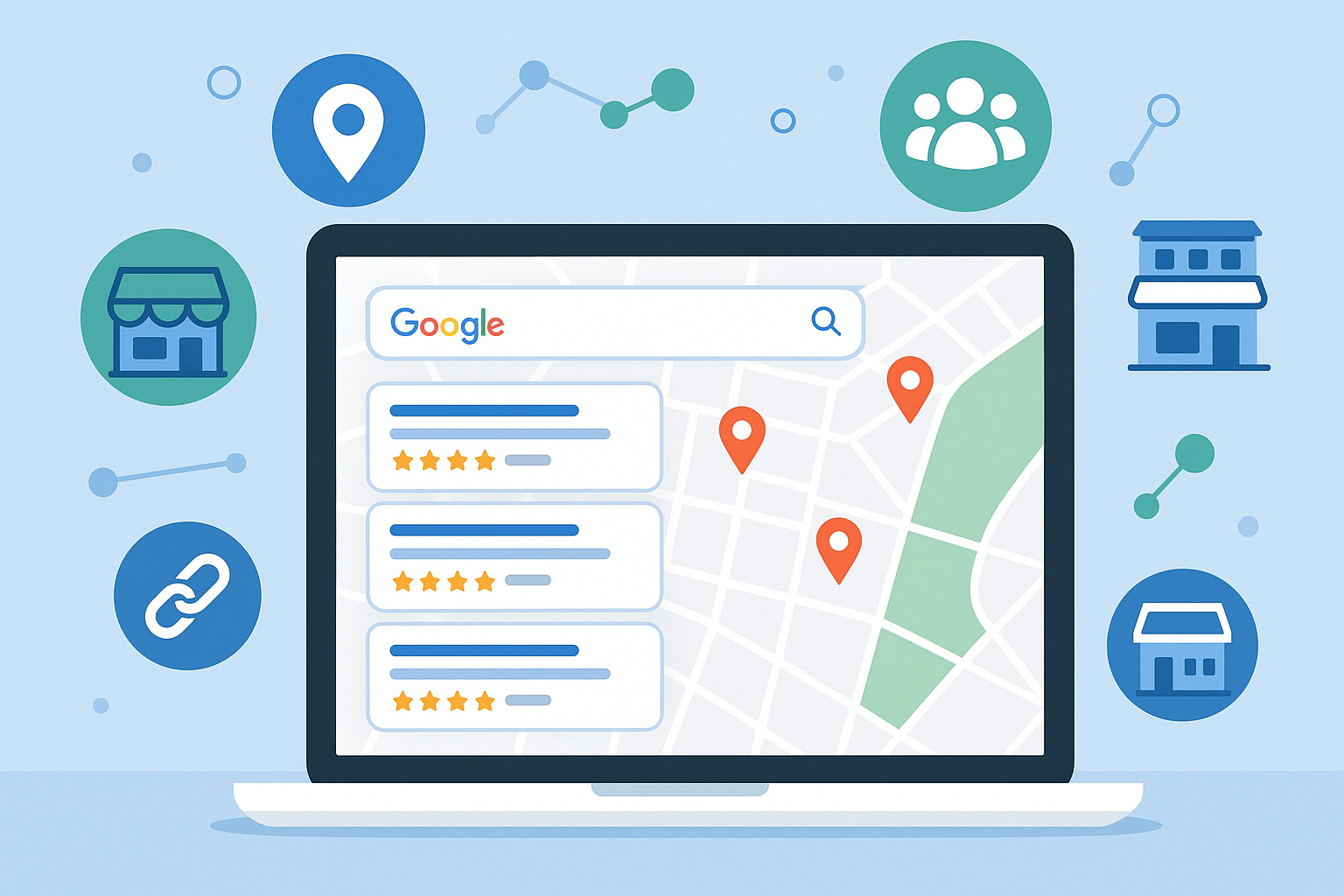How Can Service-Area Businesses Rank Without a Physical Address?
If you’re a business that serves customers at their homes or job sites—like plumbers, electricians, landscapers, or cleaning companies—you might not have a public storefront. That makes one big question especially important:
How can you rank in local search results without a physical address?
Google’s local algorithm heavily considers proximity, relevance, and prominence when ranking businesses in search results and the Map Pack. But what happens when you don’t have a physical location for customers to visit?
The good news: service-area businesses (SABs) can absolutely rank and generate local leads online. You just need to understand how to properly configure your Google Business Profile (GBP), strengthen your local signals, and build trust through digital relevance instead of a physical location.
Let’s explore how to make it happen.
Understanding What a Service-Area Business (SAB) Is
A Service-Area Business is one that provides services at the customer’s location rather than at a storefront. Common examples include:
- Plumbers
- HVAC technicians
- Roofers
- Pest control companies
- Cleaning services
- Mobile mechanics
- Landscapers
These businesses typically operate across several neighborhoods, cities, or counties instead of one fixed address.
Google recognizes this business model and allows SABs to hide their physical address in Google Business Profiles while defining the regions they serve. That means you can still appear in local searches within those service areas—even if your office isn’t open to the public.
The key is setting up your business profile correctly and sending Google consistent, location-related signals that reinforce your presence in the areas you serve.
How Google Handles Businesses Without a Physical Address
Google’s goal is to provide users with the most relevant and trustworthy local results. For businesses without a physical location, Google relies on alternative signals to determine proximity and relevance.
Here’s how it works:
- Google allows SABs to list service areas instead of a specific address.
- The algorithm uses the
centroid of the service area (a central point in that region) to determine proximity.
- Your visibility can extend across multiple ZIP codes or cities, depending on your optimization and competition levels.
However, because you don’t have a fixed storefront pin on the map, your ranking area is typically smaller and less consistent than that of brick-and-mortar locations.
That’s why SABs must be strategic about optimizing every other available local signal—like content, backlinks, citations, and reviews—to compensate for the missing physical address.
Setting Up Your Google Business Profile as a Service-Area Business
Your Google Business Profile (GBP) is the foundation of your local visibility. Setting it up correctly is essential for ranking without a physical address.
Here’s what to do:
- Create or claim your profile on Google Business.
- Use your real business name (no keyword stuffing).
- Skip entering a physical address if you don’t serve customers there—select the option to hide it.
- Add your service areas. You can list cities, postal codes, or regions you cover (up to 20).
- Choose relevant business categories that best describe your services.
- Fill out every detail: phone number, business hours, website, and service descriptions.
- Upload authentic photos of your team, vehicles, and work projects.
By clearly communicating where you operate and what you offer, you help Google understand your service footprint—even without a storefront.
Pro tip: don’t list every city in your state. Stick to the areas you genuinely serve to maintain accuracy and avoid diluting your ranking power.
Optimizing Your Website for Local Search Without a Physical Address
Your website plays a major role in local SEO, especially when your Google listing doesn’t include an address. Google often cross-references the content on your site to confirm your local relevance.
Here’s how to make your website support your local rankings:
- Create city-specific landing pages. Each page should target one location you serve with unique content.
- Include service area mentions naturally in your homepage and service pages.
- Use schema markup (LocalBusiness schema) to help Google read your business details more clearly.
- Add testimonials and project examples that reference local cities or neighborhoods.
- Keep your NAP information consistent (even if you omit the address publicly).
If your website consistently emphasizes the regions you serve, Google will associate your business with those areas—even without a visible physical location.
Building Local Citations and Directories for SABs
Citations are online mentions of your business’s name, phone number, and (if applicable) address. Even if your address is hidden on Google, you can still list it privately in certain directories for verification purposes.
To build strong local citations:
- Submit your business to major directories like Yelp, Angi, Thumbtack, and BBB.
- Use
industry-specific directories that are relevant to your niche.
- Add your business to
local Chamber of Commerce or city business listings.
- Keep your NAP data consistent across all listings.
Citations help Google verify that your business is legitimate and active within your target area. Even when you don’t publicly display an address, the consistency of your contact information across the web builds trust and authority.
Leveraging Reviews and Reputation Management
Reviews are one of the strongest ranking factors in local SEO—especially for service-area businesses. Since you don’t have a physical storefront, your online reputation becomes your credibility.
Encourage satisfied customers to leave detailed, location-rich reviews. For example:
“John from ABC Plumbing fixed our water heater in Cherry Hill. Great service!”
These reviews naturally include keywords and location data that reinforce your business’s geographic relevance.
Other tips for SAB review management:
- Respond to every review—positive or negative.
- Include your service areas in your replies when appropriate.
- Use review platforms like Google, Yelp, and Nextdoor for maximum exposure.
- Follow up with customers after jobs to politely request feedback.
Google wants to feature businesses that provide great customer experiences. Strong, consistent reviews show that you’re active, trustworthy, and serving local clients successfully.
Using Local Content Marketing to Build Relevance
Without a storefront, your content becomes your voice and visibility online. Local content marketing helps Google understand where you’re active—and helps potential customers find you.
Here are ways to build local relevance through content:
- Create blog posts about local projects, tips, or community events.
- Highlight case studies from clients in different service areas.
- Publish service pages targeting specific cities or ZIP codes.
- Feature local partnerships or sponsorships in your content.
For example, a pest control company might write:
“Our team recently treated a termite issue for a homeowner in Norristown. Here’s what we learned about preventing infestations in older neighborhoods.”
This kind of authentic, geo-relevant content helps establish both topical authority and local authority, which together strengthen your rankings.
Earning Local Backlinks Without a Storefront
Backlinks are another vital local SEO factor—essentially “votes of confidence” from other websites. For SABs, local backlinks are especially valuable because they can make up for the absence of a physical address.
To earn high-quality local backlinks:
- Partner with local organizations, charities, or events.
- Sponsor a community activity and request a link from the event website.
- Write guest blogs for nearby businesses or regional news outlets.
- Collaborate with other non-competing service providers in your area.
Each of these backlinks helps confirm your connection to your geographic area, showing Google that your business operates and contributes within that community.
When your backlink profile reflects consistent local involvement, you’ll see stronger performance in local searches—even as an address-hidden business.
Maintaining NAP Consistency Across the Web
Even if your Google listing doesn’t show an address, it’s still critical that your NAP (Name, Address, Phone number) data stays consistent everywhere online.
Why it matters: Google cross-references your information across hundreds of sources to confirm your legitimacy. If your name, phone number, or hidden address don’t match on certain directories, it can confuse the algorithm and hurt your rankings.
Best practices for NAP consistency:
- Use the same business name format on every platform.
- Keep your phone number identical (avoid multiple variations).
- If you use a private address for verification, ensure it matches internal listings.
- Update old profiles whenever you move or expand service areas.
Think of NAP consistency as your business’s digital fingerprint—it helps Google trust that all mentions of your company belong to the same entity, even without a public address.
Using Local Signals Beyond Google to Boost Authority
While Google Business is the cornerstone of local SEO, other platforms also influence your online visibility. SABs can strengthen their local presence through off-Google signals that reinforce trust and community engagement.
These include:
- Facebook Business Page: Add service areas and post local content.
- Nextdoor Business Page: Connect with nearby homeowners and gain local credibility.
- Bing Places and Apple Maps: Optimize these profiles to appear in alternative search platforms.
- YouTube videos: Create content showcasing your work in specific areas and include city names in titles or descriptions.
By diversifying your local signals, you make it easier for Google’s algorithm to verify your service coverage—even without a physical location pin.
Tracking and Improving Local SEO Performance for SABs
Tracking your performance is key to understanding what’s working and where to improve.
Important metrics to monitor include:
- Local keyword rankings (e.g., “plumber in King of Prussia”)
- Google Business Profile insights – calls, messages, direction requests
- Website analytics – location-based traffic data
- Lead sources – where customers are finding you online
Use tools like Google Search Console, Google Analytics, and rank trackers to measure progress.
Over time, you’ll notice which cities or ZIP codes are driving the most engagement. Focus your SEO efforts in those high-performing areas—publishing more content, getting more reviews, and earning more local links specific to those regions.
The result? A steadily expanding footprint in your key markets, even without a public address.
Final Thoughts
Ranking locally without a physical address might seem challenging, but it’s entirely possible with the right strategy. Service-area businesses thrive online when they focus on building trust, relevance, and visibility through multiple signals—not just a map pin.
By optimizing your Google Business Profile for service areas, maintaining consistent citations, generating local reviews, and creating locally targeted content, you can compete—and win—in your local market.
At GetPhound, we specialize in helping businesses like yours navigate the complexities of local SEO. Whether you’re a home service provider, contractor, or mobile business, our team can help you create a strategy that builds visibility, trust, and leads—no storefront required.
Your customers are searching right now. Let’s make sure they find
you first.












